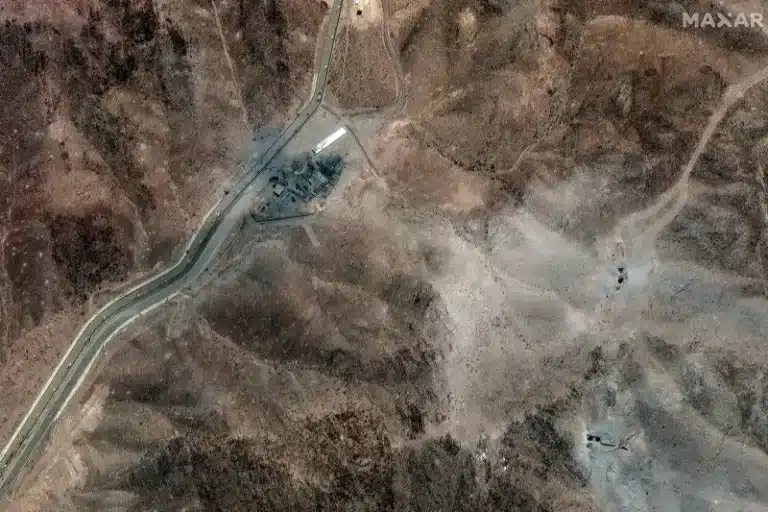“Second, we need state and national policies that support renewable power. And at this point, let me make something clear: Natural gas and renewables should be seen as energy allies – not as energy antagonists.
“Any transition to renewable energy as the dominant source of electricity is going to take time, and natural gas is an important way to fill the gap – One that is far better for the planet and for our lungs than the coal and oil that it is replacing.
“Consider this: Most of the locally generated soot pollution in New York City’s air comes from buildings that still burn heavy fuel oil. We’ve changed the rules to phase out the most polluting forms of heating oil – a policy change that’s already cleaning our air and that, when fully implemented, will save up to 400 lives every year.
“We’ve also created a groundbreaking public/private partnership, called “Clean Heat,” that helps building owners accelerate and finance conversions to cleaner fuels. It’s already produced more than 1,500 conversions in just two years’ time, and cut by more than 25% the amount of soot produced by using heavy fuel oil.
‘“But unfortunately there is not enough gas pipeline capacity for all building owners to switch to natural gas, even if they wanted to. That’s why we have strongly supported the siting of the Spectra and Williams Rockaways pipelines—the first new interstate gas pipelines to directly serve the City in decades.
“That said, it’s also true that natural gas is a fossil fuel. And for renewables to achieve their full potential, there has to be a price on carbon emissions from all fossil fuels, including natural gas – either in the form of a carbon tax, or a cap-and-trade regime.
“Otherwise, renewables will never compete on a level playing field. That’s clearly going to require Federal action. Until that happens, far too many important renewable energy projects will remain on the drawing board. Nevertheless, there’s plenty that can be done, and is being done, to encourage renewables at the local level – including here in New York.
“Take solar power: Our Administration has fostered a 10-fold increase in solar capacity over just the past six years. We’re also working with the New York Power Authority and Con Edison on development of off-shore wind powe. And with another utility, National Grid, to transform waste gas from the largest wastewater treatment plant in the city into marketable and renewable natural gas:
“One of the first projects of its kind in the nation. We’re moving ahead on all those fronts, and others, right now. But the fact is, there is only so much the city can do alone. We need the right incentives, locally and nationally, to make renewable energy a meaningful part of the city’s and the nation’s energy mix.
“So on renewables, this new Center on Global Energy Policy has a very difficult but hugely promising task ahead. The third and final issue I want to address this morning is climate change and resilience:
“Specifically, confronting the risks climate change poses to the security of our energy supply, and energy infrastructure. Hurricane Sandy offered dramatic evidence why this is so vital. At the worst point, some 630,000 electricity customers in our area – more than 1.5 million





